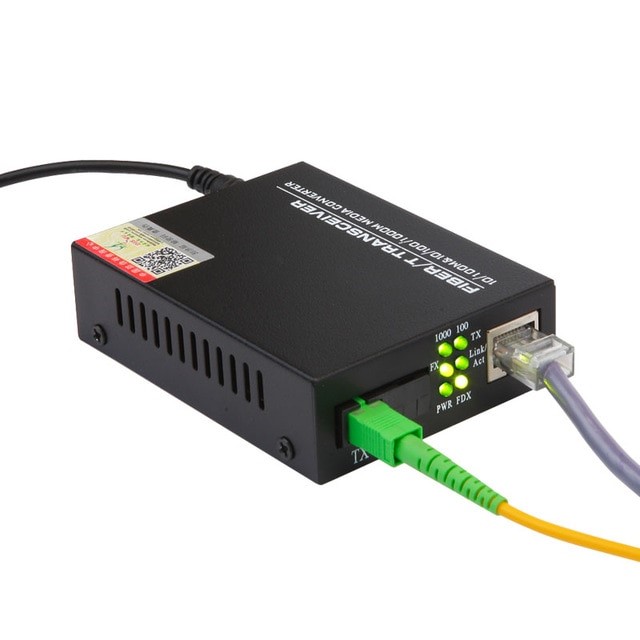In today’s hyper-connected digital era, seamless data transmission is the foundation of every successful business operation. From corporate networks and data centers to telecommunications and industrial automation, reliable connectivity is non-negotiable. That’s where transceivers and media converters step in — two unsung heroes that ensure data moves efficiently, accurately, and across all kinds of network infrastructures.
Whether you’re upgrading an existing setup or designing a new network architecture, understanding how transceivers and media converters work can help you make smarter, future-proof decisions. And when it comes to sourcing reliable networking components from trusted brands, Tecisoft remains a leading destination for quality hardware and professional-grade solutions.
What Are Transceivers?
A transceiver — short for transmitter-receiver — is a device that both transmits and receives data signals. In networking, transceivers are used to convert electrical signals into optical signals (and vice versa) to enable data transfer through fiber-optic or copper cables. They act as the interface between the network device (like a switch, router, or server) and the transmission medium.
Transceivers are modular, meaning they can be easily inserted into compatible network equipment via ports such as SFP, SFP+, QSFP, or GBIC slots. This flexibility allows network administrators to customize connectivity according to specific distance, speed, and media requirements.
Common Types of Network Transceivers
There are several types of transceivers used in modern networking, each serving a distinct purpose depending on bandwidth and range requirements:
1. SFP (Small Form-Factor Pluggable)
SFP transceivers are among the most widely used in networking. They support both copper and fiber connections and can handle speeds up to 1 Gbps. They’re ideal for short- to medium-range data transmission.
2. SFP+
An enhanced version of SFP, the SFP+ transceiver supports speeds up to 10 Gbps, making it suitable for high-performance enterprise networks and data centers.
3. QSFP and QSFP+
The Quad Small Form-Factor Pluggable (QSFP) transceiver is designed for high-density applications, supporting data rates up to 40 Gbps. QSFP+ and QSFP28 versions can handle even higher speeds, up to 100 Gbps and beyond, perfect for large-scale network backbones.
4. XFP and CFP
These are larger transceiver formats used in 10G, 40G, and 100G Ethernet systems, providing long-distance connectivity over single-mode fiber (SMF).
5. BiDi (Bidirectional)
BiDi transceivers allow simultaneous transmission and reception of data over a single fiber strand using different wavelengths. They effectively reduce cabling costs and simplify infrastructure management.
What Are Media Converters?
While transceivers are modular components installed in network hardware, media converters are standalone devices that bridge the gap between different types of network media — typically converting between copper (Ethernet) and fiber-optic connections.
For instance, if your network switch supports only copper Ethernet ports but you need to connect to a distant server through fiber, a media converter makes that connection possible. It seamlessly translates electrical Ethernet signals into optical signals, maintaining data integrity across varying transmission media.
How Transceivers and Media Converters Work Together
In complex network environments, transceivers and media converters often work in tandem. For example:
-
A media converter extends the reach of a copper-based Ethernet network by converting signals to fiber.
-
A transceiver, installed at the other end of the fiber link, converts the optical signal back into an electrical one for the receiving device.
Together, they eliminate compatibility barriers between legacy and modern infrastructure while improving performance, scalability, and flexibility.
Benefits of Using Transceivers and Media Converters
1. Extended Network Distance
Standard Ethernet cables have distance limitations (typically 100 meters). Fiber-optic cables, when combined with transceivers and media converters, can extend network reach to tens or even hundreds of kilometers without signal degradation.
2. Enhanced Flexibility
Network requirements vary — sometimes copper is sufficient, other times fiber is essential. These devices allow hybrid setups, supporting both types of media without expensive equipment replacements.
3. Cost-Effective Upgrades
Instead of overhauling entire systems when transitioning from copper to fiber networks, you can use media converters and modular transceivers to gradually expand capabilities while minimizing costs.
4. Improved Network Reliability
By using quality components, you reduce packet loss, latency, and downtime. Media converters and transceivers ensure stable and high-speed data transfer, even under heavy loads or in demanding environments.
5. Scalability and Future-Proofing
Modern transceivers (especially SFP+ and QSFP series) offer plug-and-play scalability. You can easily upgrade your network speed — from 1G to 10G, 40G, or even 100G — simply by swapping modules rather than replacing hardware.
Key Applications Across Industries
Transceivers and media converters play vital roles across multiple sectors:
-
Data Centers: High-speed fiber transceivers connect racks, switches, and storage systems over long distances with minimal latency.
-
Telecommunications: Service providers rely on long-haul optical transceivers to carry data across metropolitan and intercity networks.
-
Industrial Automation: Factories use media converters to connect Ethernet-enabled machinery operating in harsh environments.
-
Security and Surveillance: Fiber media converters connect remote IP cameras to centralized monitoring systems.
-
Campus and Enterprise Networks: Universities, hospitals, and enterprises use transceivers and media converters to link different buildings within large premises.
Choosing the Right Transceiver or Media Converter
When selecting the right networking equipment, consider the following factors:
1. Network Speed and Bandwidth
Identify your current and future speed needs. Common standards include 1G, 10G, 40G, and 100G. Always plan for future scalability.
2. Distance and Cable Type
Short-range setups can use multimode fiber (MMF), while long-distance connections require single-mode fiber (SMF). For copper, ensure Cat5e, Cat6, or higher-grade cables are used.
3. Connector Compatibility
Make sure the transceiver matches the port type on your switches or routers — SFP, SFP+, QSFP, or others.
4. Power and Environment
In industrial settings, choose rugged media converters with temperature tolerance, surge protection, and power redundancy.
5. Brand and Warranty
Opt for reliable suppliers that provide certified products and after-sales support. This guarantees performance consistency and reduces downtime risks.
Best Practices for Installation and Maintenance
-
Handle with care: Transceivers are sensitive to static electricity; always use anti-static precautions during installation.
-
Keep dust covers on: Protect optical connectors from contamination when not in use.
-
Regular cleaning: Clean fiber connectors periodically to maintain optimal signal transmission.
-
Label and document connections: Especially in large networks, labeling helps with troubleshooting and scalability.
-
Monitor performance: Use network monitoring tools to track link performance and detect potential faults early.
Why Businesses Trust Tecisoft for Networking Equipment
In the fast-paced world of IT and telecommunications, sourcing the right networking components can make or break performance. Tecisoft has earned the trust of businesses by providing premium-grade transceivers, media converters, and other network essentials that combine durability, compatibility, and efficiency.
Their wide range of products covers every major form factor — from SFP and SFP+ to QSFP and industrial-grade converters — ensuring that enterprises, data centers, and resellers have access to dependable hardware for all environments. Tecisoft’s commitment to quality, competitive pricing, and technical support makes it a preferred choice for businesses seeking to strengthen their network infrastructure.
Conclusion
As technology advances, the demand for faster, more reliable network communication continues to grow. Transceivers and media converters play a critical role in achieving this — bridging the gap between copper and fiber, legacy and modern systems, short-range and long-haul communication.
They provide the scalability and reliability needed for organizations to stay connected in an increasingly digital landscape. Whether you’re expanding your data center, upgrading your enterprise network, or simply improving connectivity across devices, investing in the right hardware will pay long-term dividends.
For businesses seeking high-performance networking solutions from trusted brands, Tecisoft offers a comprehensive selection of transceivers, media converters, and accessories designed to meet the connectivity demands of the modern world.


